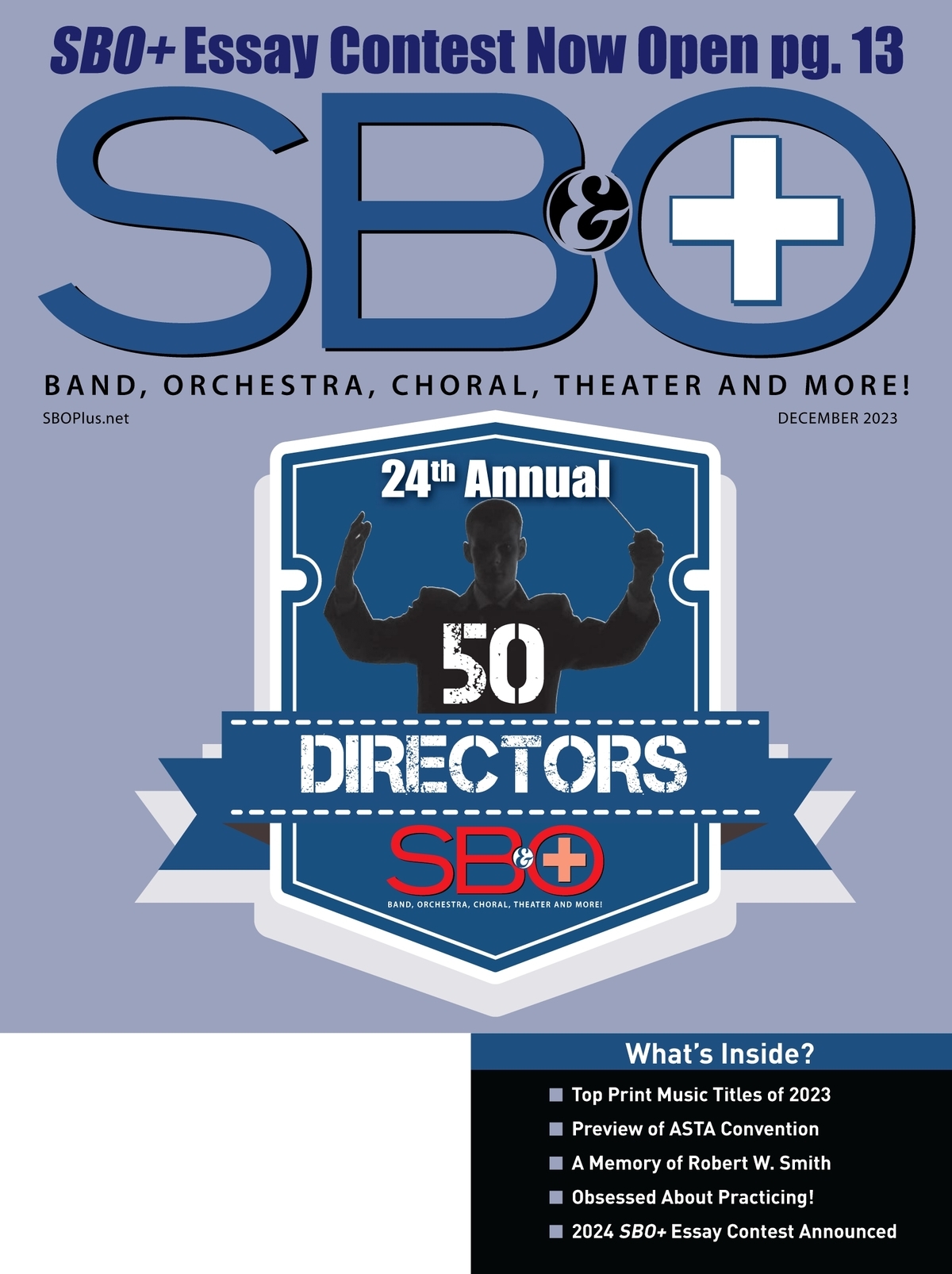EDUCATORS SUBSCRIBE FOR AS LOW AS $0.00! CLICK HERE!

Orchestras by their very nature, have a different warmup flow than a band or a choir. Having sat in bands as a player, I know tuning in most cases occurs after a short warmup. This lends itself to an easy “bellwork” transition that administrators love to see. All the students being engaged in an activity warming up their instruments and/or voices while the teacher engages in some sort of housekeeping like attendance, or minor things that a few students might need. In string orchestras not tuning before warmup is not a great idea. Most orchestras, even through the high school level, need support in tuning. The younger the orchestra the more support they need. So how do you create an environment in class where the students can take care of their own tuning appropriate to their level and create an engaging warmup that administrators might see in your colleagues’ classes?
One technique for second year (or late first year) orchestras up through your top high school orchestras is a rhythm workout on open strings. This serves two purposes: one gets the right hand moving, and the students can concentrate on tuning at the same time. You may have some rhythm books in your library like Harmonized Rhythms for Strings or Rhythm and Dictation that can help facilitate rhythm choice, or even something as simple as a rhythm slide you create on your daily slide deck and project on the board. The students play the rhythm on their open strings in whatever order you norm in your classroom, with the impetus on tuning. Students who need more help either raise their hand or come to you, whichever you norm.
After the orchestra is tuned using the rhythm, you can take a brief stop for an informal formative assessment and have students correctly clap or count and clap the rhythm. Maybe on a Friday for a more formal or summative assessment you could have them record a flipgrid of them counting/clapping the rhythm or just give them a few rhythms on a worksheet to put the counts in underneath as a part of their bellwork for that day. That will give you some concrete data to go on with their rhythm development.
Then take those rhythms and incorporate them in a scale of your choice to warmup the left hand and further warmup the ears. You can also perform the scales in rounds or keep certain instruments as a drone to further warmup the ensemble’s ears. At the end of the week, the student could choose one rhythm from the week and perform it as a more formal summative assessment as part of a scale. If your group is large, put the sections on a roughly rotating schedule of every three to four weeks.
I hope this article gives you some ideas on how to get your class warming up a little more independently, with ways to check for learning and understanding. Happy Planning!
Lesley Schultz currently teaches secondary general music and orchestra at Princeton City Schools (Cincinnati, OH). She earned her Bachelors of Music Education from West Virginia University and her Masters of Music Education from Ohio University. Lesley is a Level 2 Google Certified Educator. Lesley keeps an active performing schedule around the state of Ohio, performing with several regional symphonies on viola. She is a member of TI:ME (Technology In Music Education) and serves as the Ohio Chapter President and on the National Conference Committee. Lesley is a columnist for SBO Magazine. Currently she is relearning how to walk! In her copious amounts of spare time, she enjoys knitting, watching West Virginia Mountaineer sports and spending time with her family and making TikToks about her cats.






